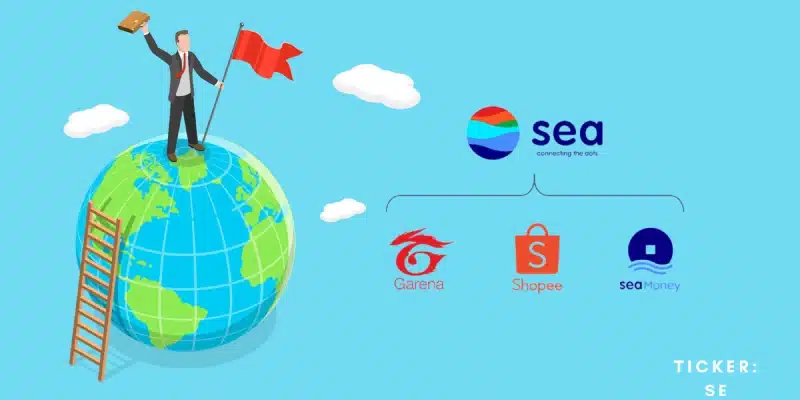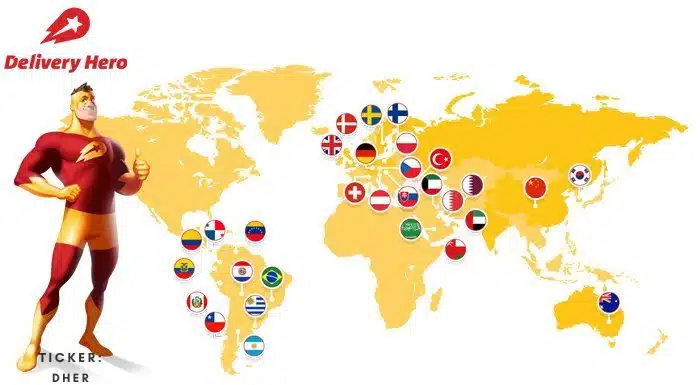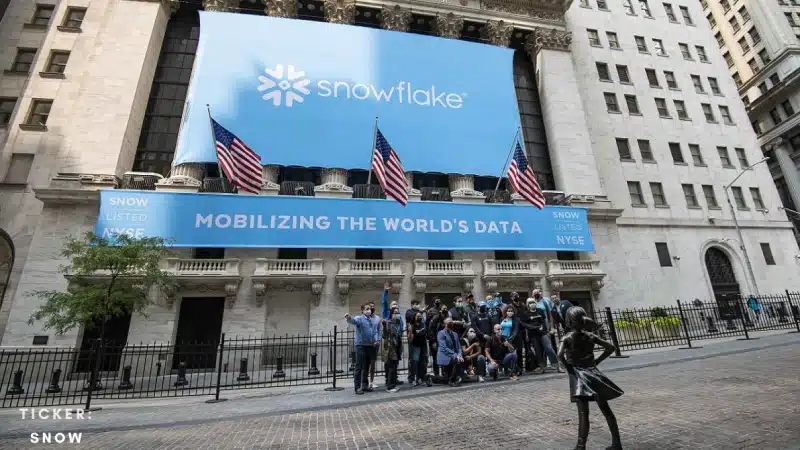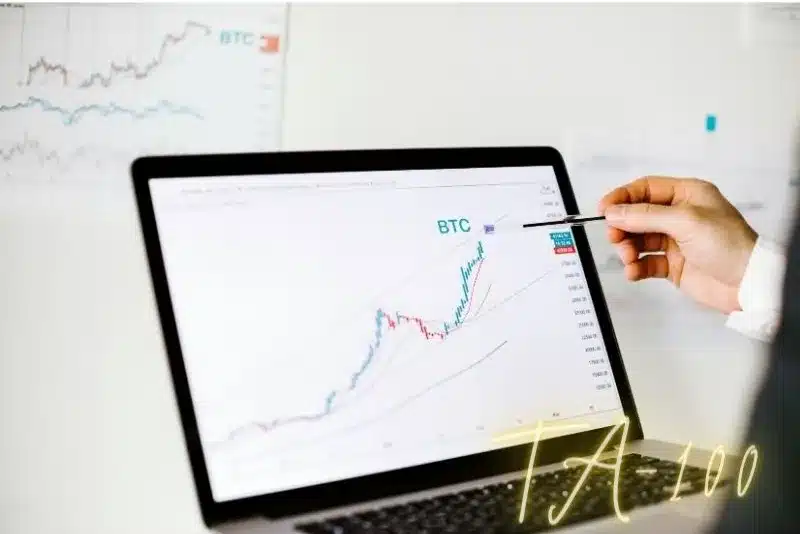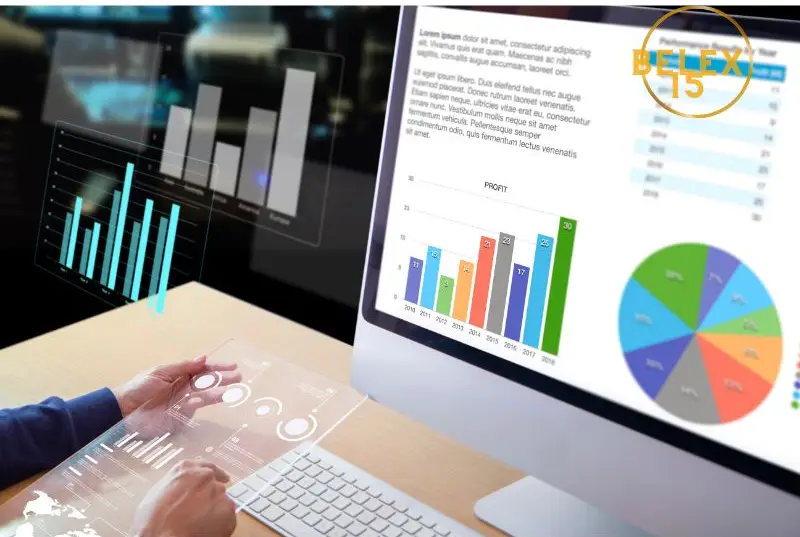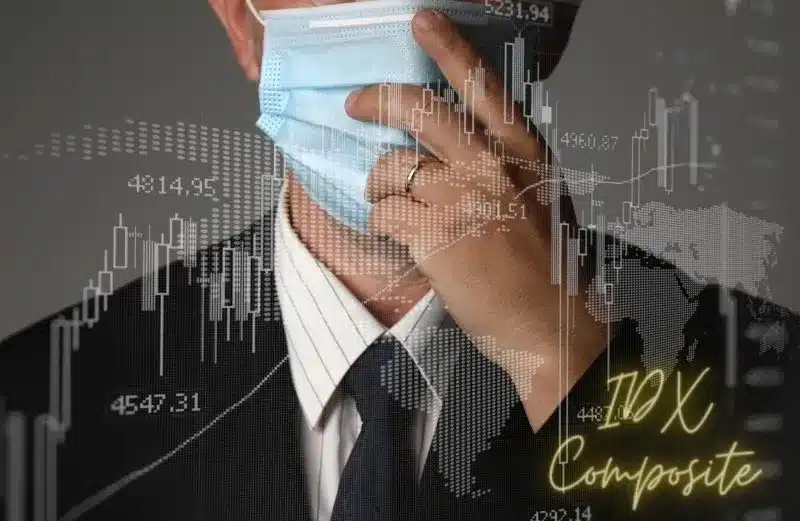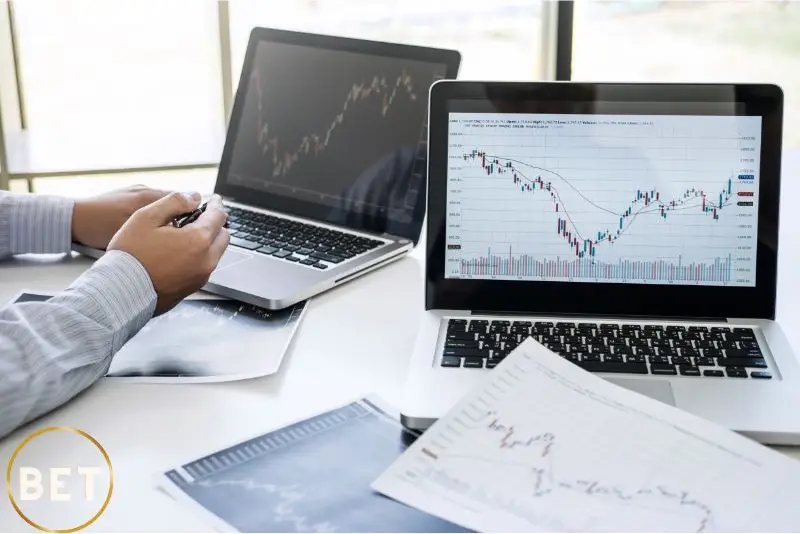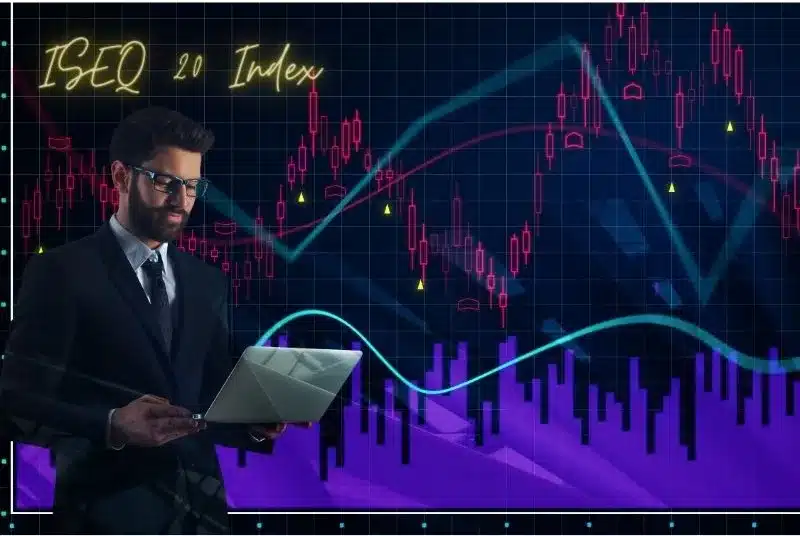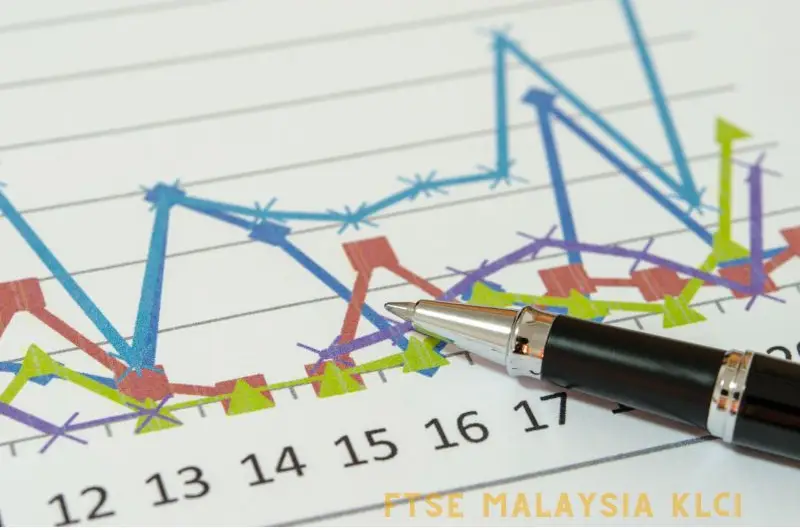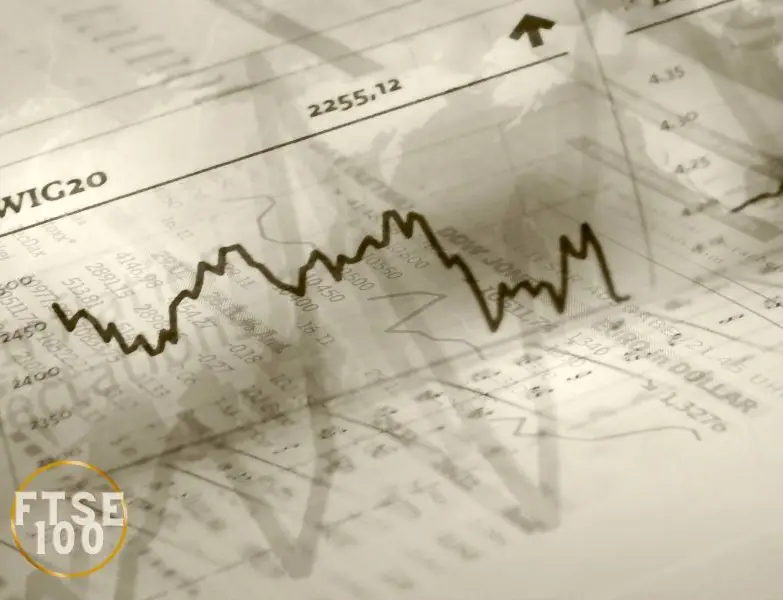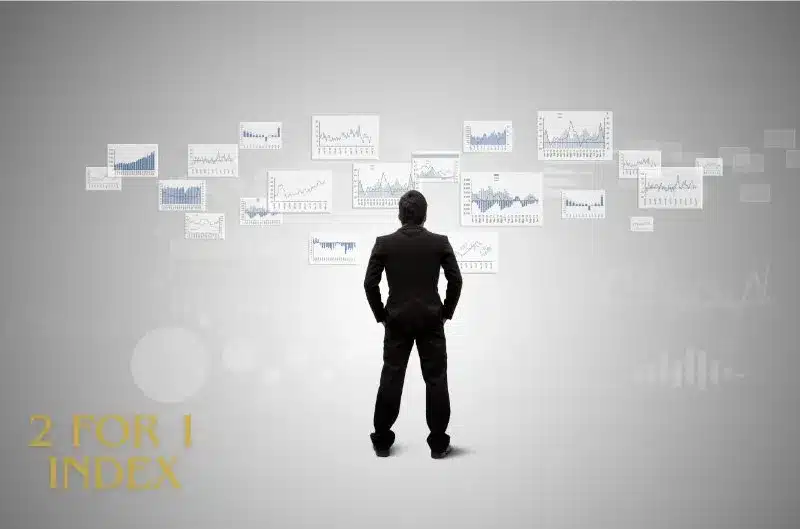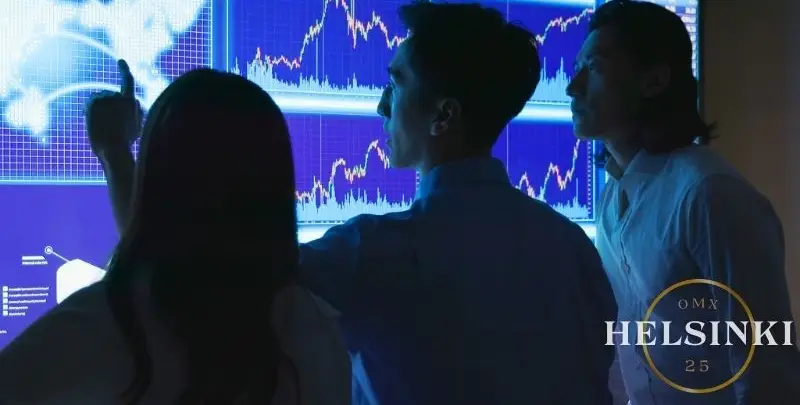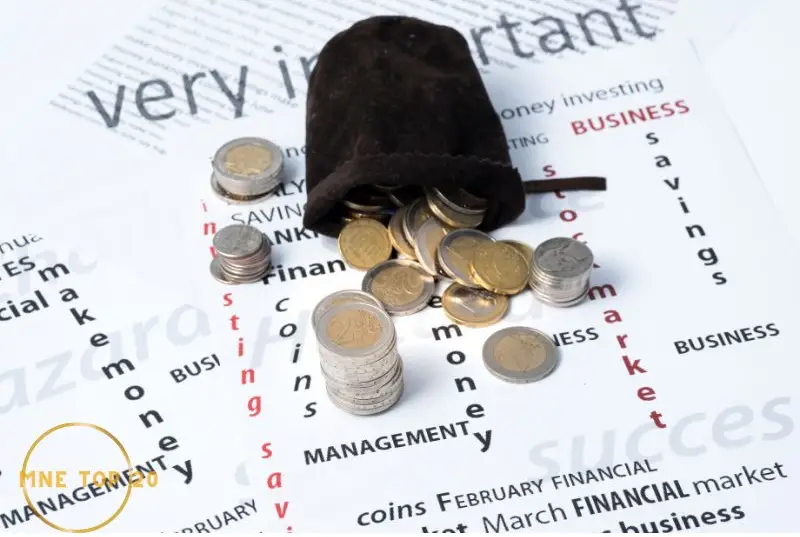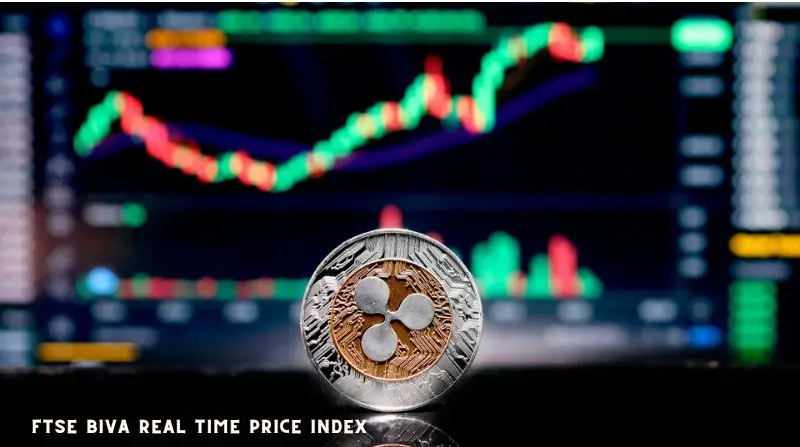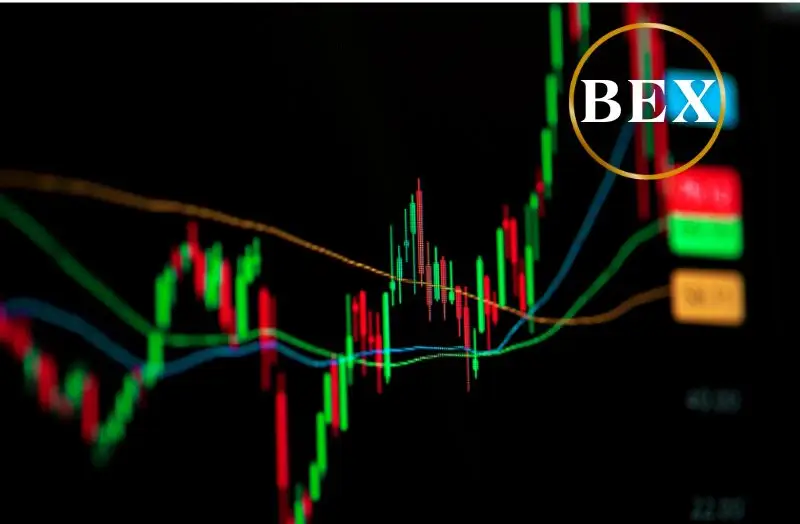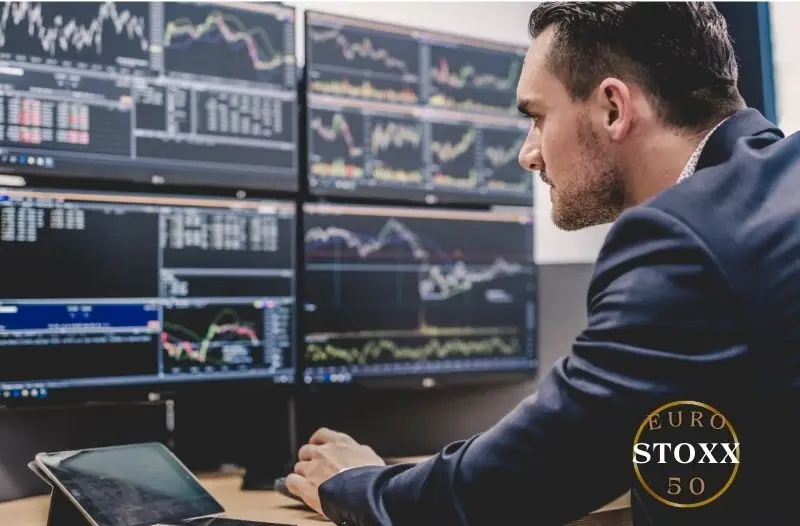CBOE Volatility Index (VIX)
The CBOE Volatility Index (VIX), also known as the fear index, is a popular measure of market volatility and investor sentiment in the United States. It is derived from the prices of S&P 500 index options and is used by investors to gauge the level of fear or uncertainty in the market.
As a financial expert, it is crucial to closely monitor fluctuations in the VIX as it can provide valuable insights into potential market movements. A high VIX level typically indicates increased volatility and uncertainty, while a low VIX level suggests calmness and complacency among investors.
- VIX is often referred to as the fear gauge due to its ability to measure market expectations for volatility over the next 30 days.
- Investors use the VIX as a tool for hedging against market risk or speculating on future market movements.
- Extreme spikes in the VIX have historically been associated with periods of market turmoil and significant price swings.
Opening hours CBOE Volatility Index
The CBOE Volatility Index (VIX) is a popular measure of market volatility and is often referred to as the fear gauge of the stock market. The VIX is calculated and published by the Chicago Board Options Exchange (CBOE). The CBOE trading hours are from 8:30 a.m. to 3:15 p.m. Central Time, Monday through Friday.
Why invest in the CBOE Volatility Index
Investing in the CBOE Volatility Index can provide investors with a way to hedge against market volatility and uncertainty. The VIX tends to rise during times of market stress and can provide diversification benefits to a portfolio. Additionally, trading VIX futures or options can be a way for investors to profit from changes in market volatility.
Major stocks on the CBOE Volatility Index
The CBOE Volatility Index (VIX) tracks the expected volatility of the S&P 500 index and does not contain individual stocks. However, major companies that are included in the S&P 500 index, such as Apple, Microsoft, Amazon, and Facebook, can influence the level of volatility in the overall market.
Stock index in United States
The stock index in United States, such as the S&P 500, Dow Jones Industrial Average, and Nasdaq Composite, are widely followed benchmarks that track the performance of U.S. stocks. These indexes are used by investors to gauge the overall health of the stock market and make investment decisions based on market trends.
CBOE Volatility Index (VIX) in United States
The CBOE Volatility Index, also known as the VIX, is a regulated indice that measures market volatility in the United States. It is widely used by investors and traders to gauge the level of uncertainty or fear in the stock market.
Regulation of the VIX
The VIX is calculated by the Chicago Board Options Exchange (CBOE) based on the prices of options on the S&P 500 index. The CBOE ensures that the methodology for calculating the VIX is transparent and consistent to maintain its credibility as a reliable indicator of market volatility.
Usefulness of the VIX
The VIX is considered a fear gauge because it tends to spike during times of market turbulence or uncertainty. Investors use the VIX to hedge their portfolios against potential downturns or as a contrarian indicator to identify buying opportunities when fear levels are high.
Impact on Financial Markets
Changes in the VIX can have significant effects on financial markets, influencing investor sentiment, trading strategies, and risk management practices. A high VIX level may lead to increased volatility in stock prices, while a low VIX level may indicate complacency or overconfidence among investors.
- The regulation of the VIX ensures its accuracy and reliability as a measure of market volatility.
- Investors use the VIX to assess risk levels and make informed decisions about their portfolios.
- The impact of changes in the VIX can be seen across various financial markets and asset classes.
CBOE Volatility Index
The CBOE Volatility Index, also known as the VIX, is a popular measure of the stock market’s expectation of volatility implied by S&P 500 index options. It is often referred to as the fear gauge because it tends to spike during times of market uncertainty and decline when markets are stable.
To start trading the CBOE Volatility Index or any other financial instruments in the United States, you will need to sign up for an account on a reputable English stock trading platform. Here are some steps to get started:
- Choose a Platform: Research and select a trustworthy stock trading platform that offers access to the US markets.
- Create an Account: Sign up for an account by providing your personal information and agreeing to the platform’s terms and conditions.
- Deposit Funds: Fund your trading account with an initial deposit using a secure payment method accepted by the platform.
- Start Trading: Once your account is funded, you can start trading various financial instruments, including indices like the VIX.
Remember to do thorough research, practice risk management, and stay informed about market trends before diving into stock trading. Good luck!
CBOE Volatility Index (VIX) in the United States
The CBOE Volatility Index (VIX) is a popular measure of market expectations of near-term volatility conveyed by S&P 500 stock index option prices. It is often referred to as the fear gauge of the stock market, as it tends to increase during times of market uncertainty and decrease during periods of stability.
- Calculation: The VIX is calculated using a weighted average of implied volatilities on S&P 500 index options with different expirations. It represents investors’ consensus expectations for future market volatility over the next 30 days.
- Interpretation: A high VIX reading indicates that investors expect significant fluctuations in the stock market, while a low VIX reading suggests that investors anticipate relatively calm market conditions.
- Usage: Traders and investors use the VIX as a tool to gauge market sentiment, assess risk levels, and make informed decisions about their investment strategies.
In summary, the CBOE Volatility Index serves as an important indicator in the financial markets, providing valuable insights into investor sentiment and potential market movements. Understanding and monitoring the VIX can help traders navigate volatile periods and make informed decisions in response to changing market conditions.




